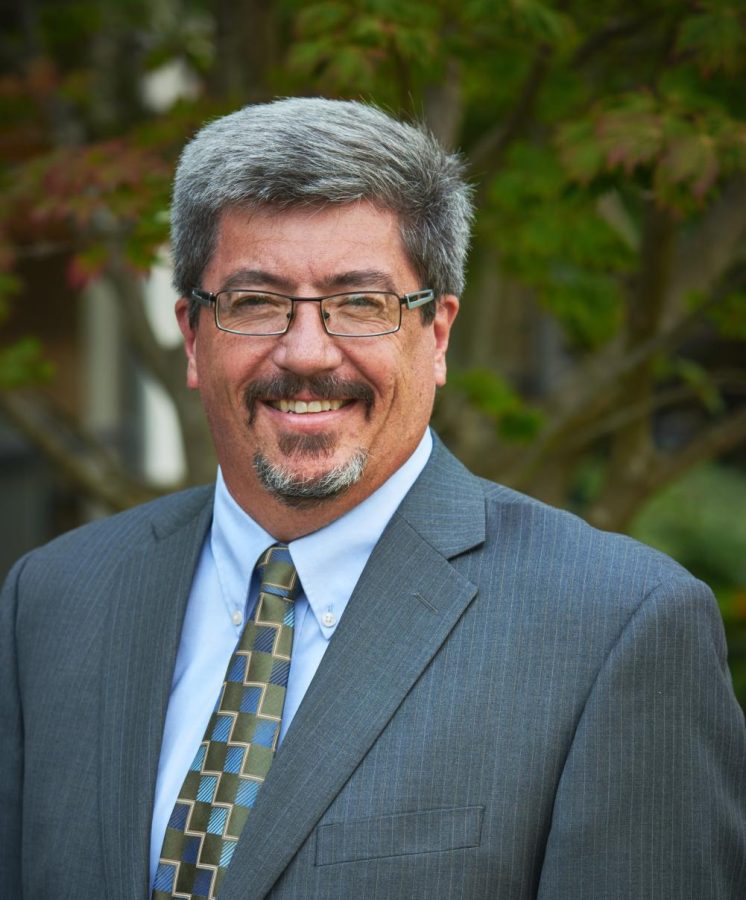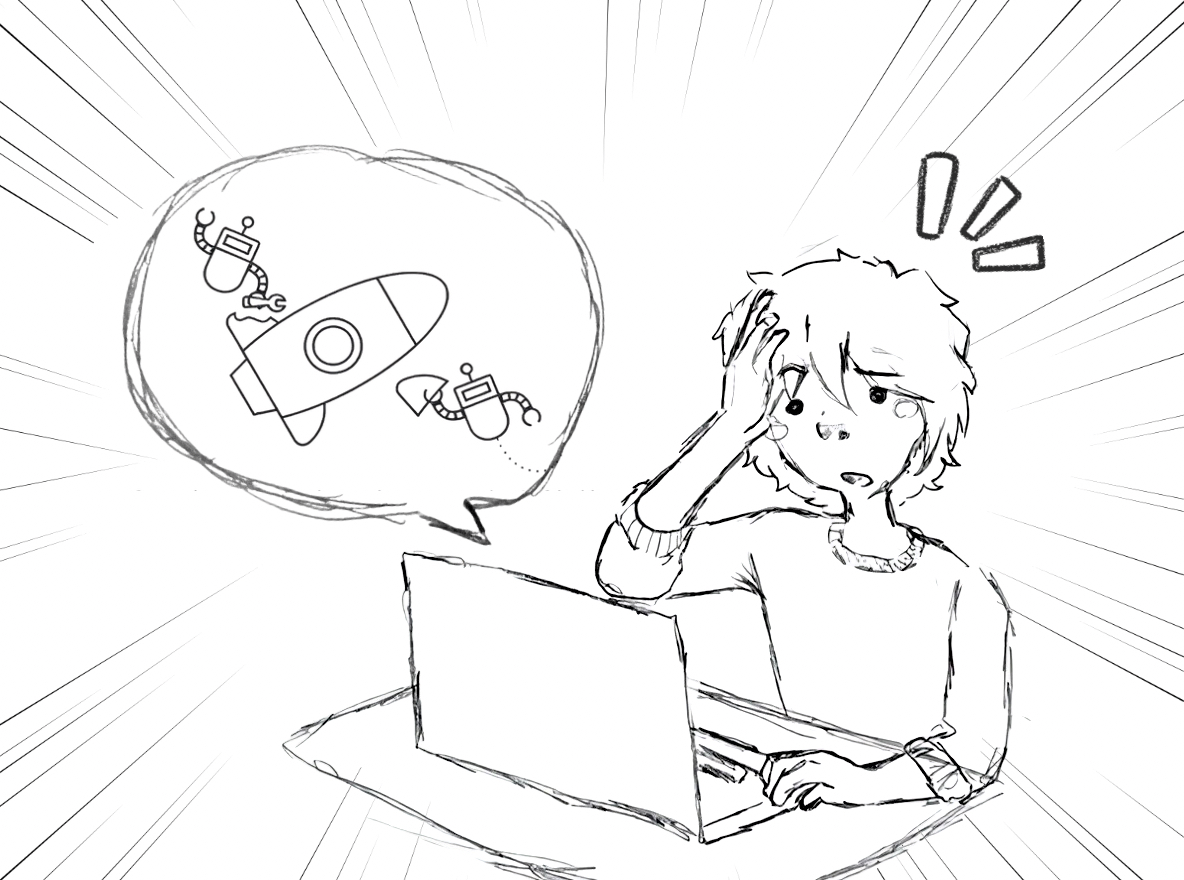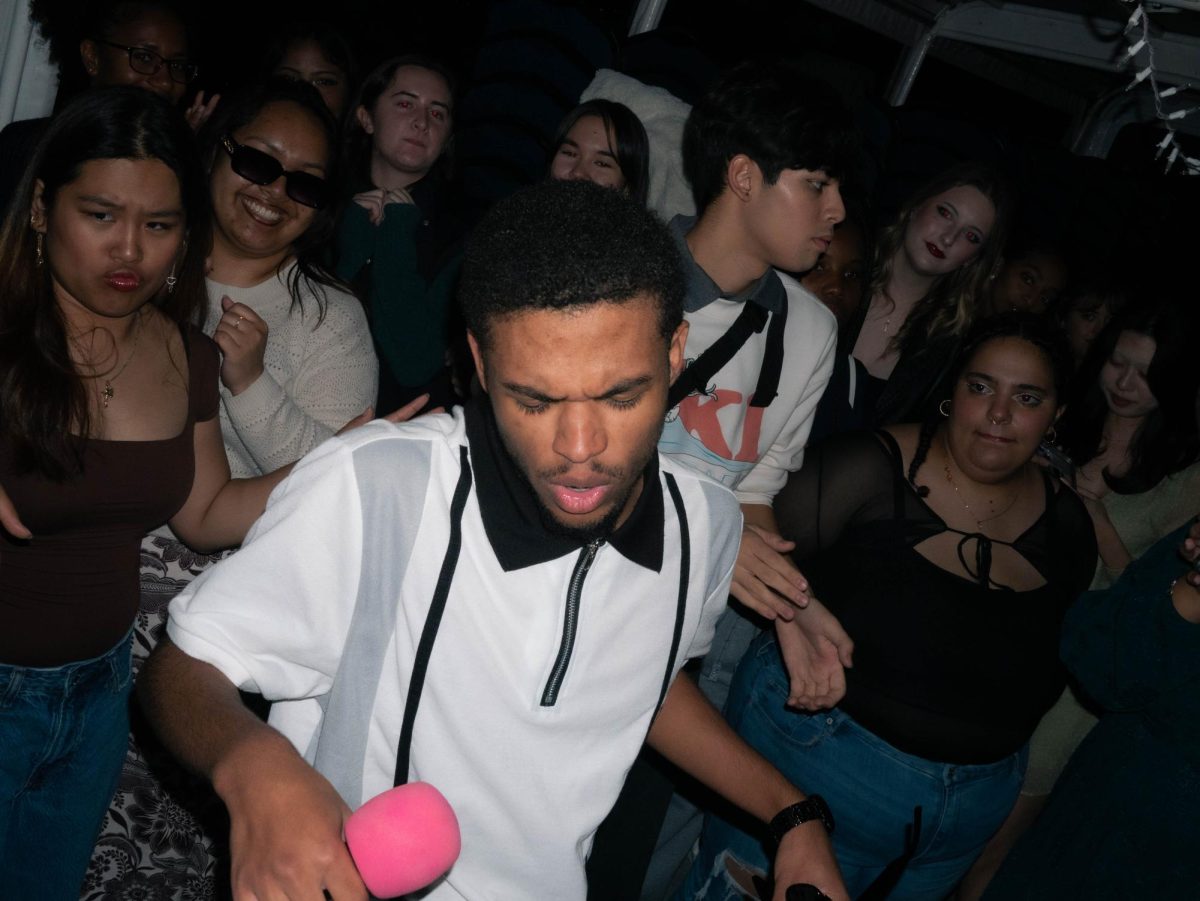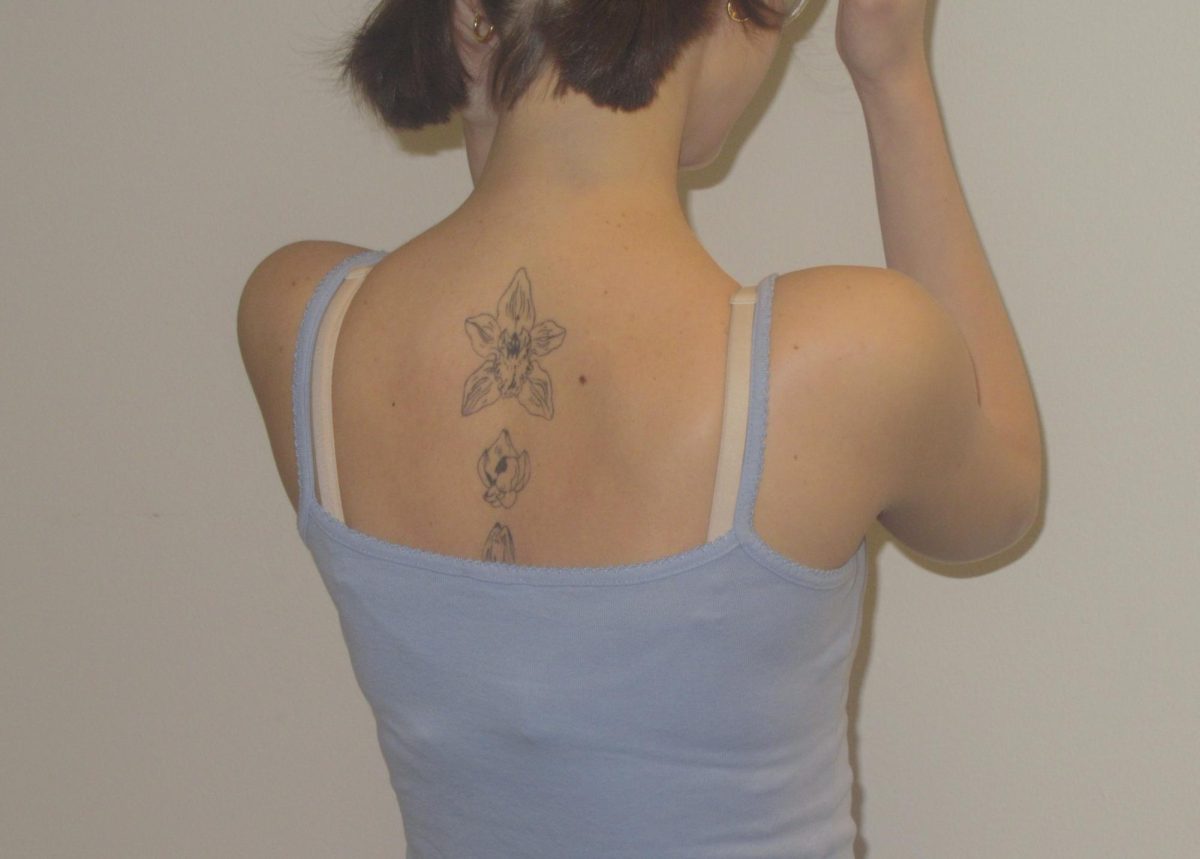Inclusion necessary in the fashion world
As the spring and summer 2018 fashion weeks come to a near close and all fashion magazines and blogs shoot out articles like cannonballs on all the hot trends, behind the scene details and model gossip.
One thing remains untouched: the lack of diversity inside the world of fashion.
During fashion week, there’s no way of assessing the garments of technique, color and fabric without noticing the predominantly white models and crowd.
Even on the shelves of newsstands and shopping centers, magazines are lined back to back with white, thin and young models.
While in the past year or so the fashion industry has made some small strides in adding “plus-size” models, a term created to ostracize those whose body shape doesn’t fit the “ideal” size, and by including various cultures and minorities within the shows, there needs to be a conversation on progressing towards inclusiveness rather than continuing the stigma of exclusiveness we’ve seen for decades.
Designers and agencies have also widened their casting calls with various women of culture, ethnicity and race, but there still is this gap of misrepresentation being portrayed.
There needs to be a conversation on pushing towards an industry of inclusiveness rather than stuck in the stigma of exclusiveness. That specific word, “inclusion,” is the key point in the conversation of diversity in the fashion industry. Inclusion can mean the difference between celebration and appropriation, and we see it on every runway and trend.
“Black culture is often the inspiration,” said fashion editor Shiona Turini, “but black people aren’t part of the conversation.
When we’re included, we’re able to help make a well-rounded product — runway show, beauty story, hair tutorial, editorial.”
No one wants to hear a white woman pretend she knows the struggle or hurt of exclusion, but being a enthusiast for fashion, for basic human rights and for every individual to feel rightly acknowledged in this world, I believe this conversation needs to start somewhere.
“You don’t have to know how it feels in order to recognize when something is inappropriate,” Robin Givhan, writer for The Washington Post, stated at Fashion Week a few years back.
The Fashion Spot, a website solely dedicated to the obsession of fashion, runway and all the inside scoops, reported in 2015 that within 373 shows and 9,926 models in the spring/summer season, all reported from New York, London, Paris and Milan.
77.6 percent of the models were white and 30.2 percent were people of color. And that’s only a small increase from previous years.
With cities such as New York, London and Milan making progress on their runways with a more diverse cast of models, some are still trying to catch up.
Recently, comments and rumors have been made of French designers Maida Gregori Boina, Rami Fernandes and Lanvin, all who have been reported of either mistreatment or harsh discrimination towards models of color.
In response to articles and a spiral of heated conversations rose to the internet, Boina and Fernandes were fired.
The label the two worked for, Balenciaga, made a statement promising to make radical changes within their casting.
The end result?
Four out of 47 of the runway models were black, at least five were Asian, and one Indian model made the stage, according to Allure Magazines recap of Paris’s Fashion Week.
But the thing is, why has it taken so many decades for us to finally feel the courage to talk about this issue?
The desire for clothing and to be in fashion is universal, inside almost every culture, society, ethnicity, race and country.
It’s what helps us to express ourselves, to communicate to one another, and it ties us to our social interactions.
So, why does it feel like a gold star is given to any designer who puts one or two persons of color on the stage?
The Fashion Spot reports that this season was the most diverse ever.
Anna Wintour, editor-in-chief of Vogue, and Paper magazine’s casting director, James Scully, chose to speak up on the giant step toward becoming in line with the times and not stuck in portraying a “one-note way of looking at women.”
Still, it feels like there’s a long way to go.
While people of various sizes, colors and ages, and even transgender models, are being presented on this season’s runway, it’s still only a small percentage.
There is still so much more progress in this segregated industry to discuss.
This past year has definitely been one of anger, heartache and rebellion for the greater good.
Just as any conversation that has sprung through the chaos – to normalize change, we need to keep them going. We too often can forget that words can hold very real power to incite action.














































































